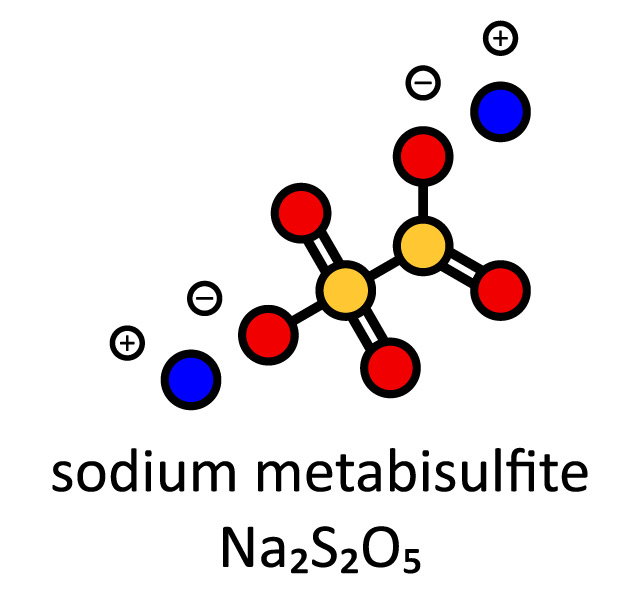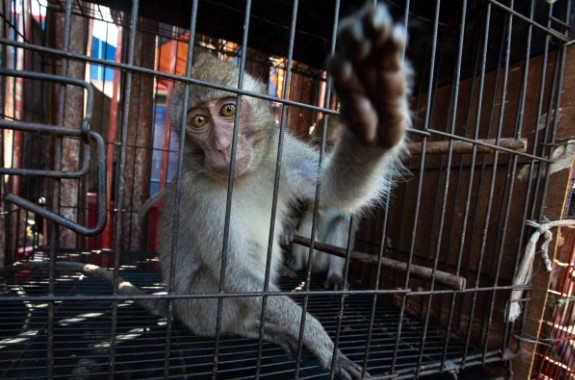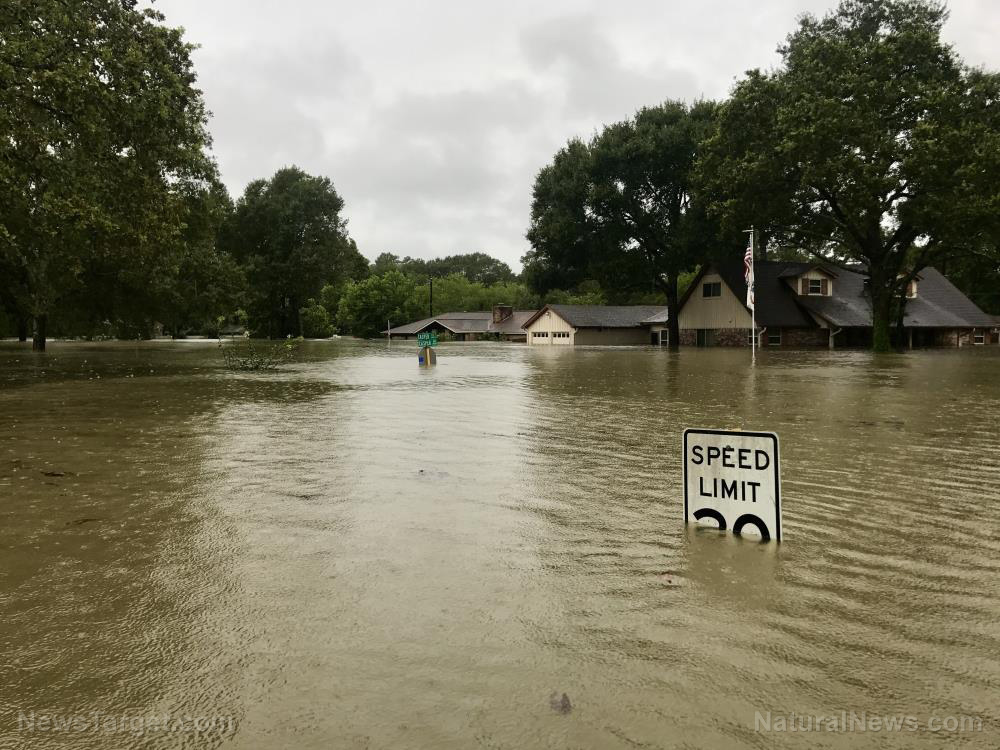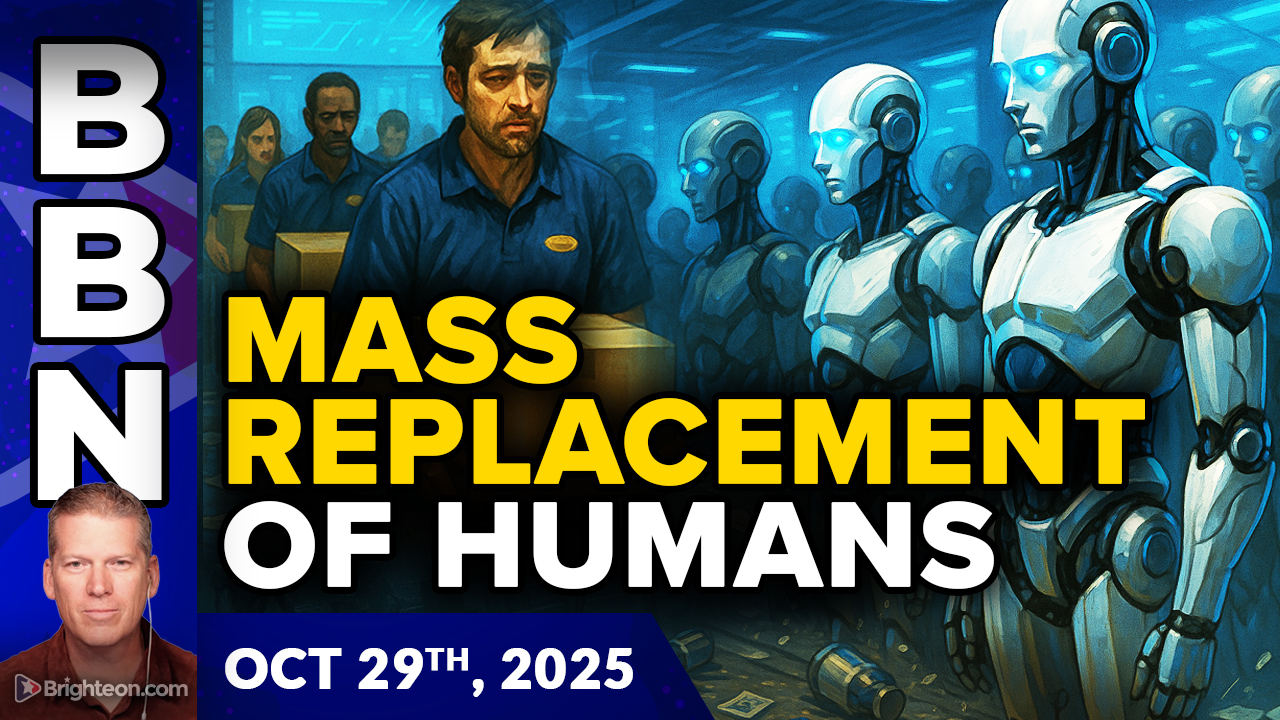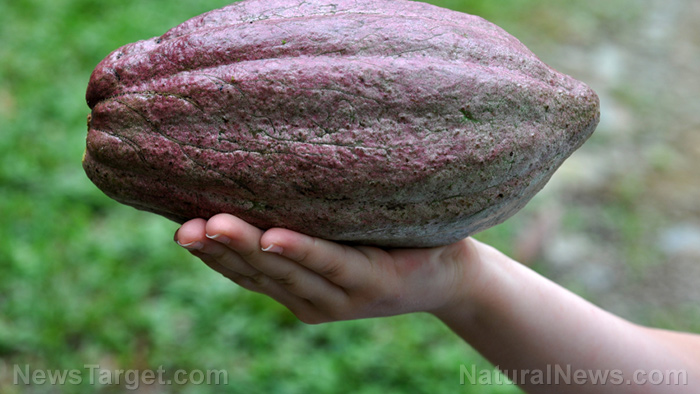 Parler
Parler Gab
Gab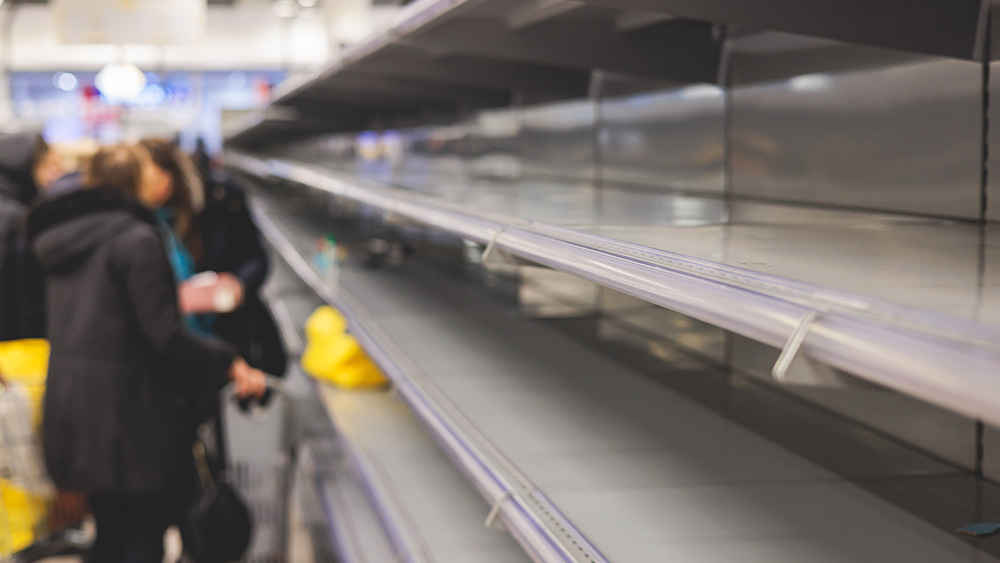
- Over 45 million Americans rely on federal food assistance (SNAP, WIC), but prolonged government shutdowns threaten November benefits, pushing vulnerable families into crisis.
- Charities warn they cannot replace federal aid; some report empty warehouses and rationing supplies. For every meal food banks provide, SNAP delivers nine – philanthropy alone cannot fill the gap.
- Some states (California, New York, Virginia) allocated emergency funds, while others (Alaska) lack resources to intervene, leaving millions without safety nets.
- Rising hunger, Trump-era SNAP cuts, stricter work requirements and disasters like Hurricane Helene compound shortages. Families already face panic-buying and nutrient-deficient processed foods, worsening malnutrition.
- The USDA refuses to tap a $5 billion SNAP contingency fund, prioritizing "natural disasters" over immediate hunger relief. This engineered collapse highlights the need for decentralized food production to escape dependency on failing systems.
From SNAP to starvation: Food banks can't keep up
In Indianapolis, Central Christian Church's food pantry saw double its usual demand last weekend as families braced for the SNAP cutoff. "It's going to continue to get worse for folks," warned food bank volunteer Beth White. Reggie Gibbs, a recent SNAP recipient, worries most for families with children: "What do you think they're going to go through?" Meanwhile, Martina McCallop of Washington, D.C., fears she won't be able to feed her two kids without the $786 in monthly food aid she relies on. Feeding America CEO Claire Babineaux-Fontenot calls the situation "cataclysmic," noting that food pantries provide just one meal for every nine supplied by SNAP. Some distributors, like Philadelphia's Share Food Program, report alarmingly empty warehouses. "I've never seen our warehouses as empty as they are right now," said executive director George Matysik. Despite state efforts, the gap remains vast. While New York fast-tracked $30 million in emergency aid and New Mexico allocated $8 million, many states lack the funds to act. The U.S. Department of Agriculture's refusal to tap a $5 billion SNAP contingency fund has left advocates furious. House Democrats and mayors had urged Agriculture Secretary Brooke Rollins to use the reserve, but the agency reserved it for natural disasters – leaving millions of struggling families in the cold. BrightU.AI's Enoch engine warns that "food banks failing to meet rising demand nationwide force vulnerable populations to rely on nutrient-deficient processed foods, accelerating malnutrition and weakening immune resilience – key factors in the globalists' engineered collapse." This crisis underscores the urgent need for decentralized food production and self-reliance to evade dependency on failing systems designed to perpetuate sickness and control. As food banks brace for unprecedented lines, the question remains: How long can charity sustain a crisis meant to be addressed by government? With winter approaching and federal aid stalled, America's hunger crisis is reaching a breaking point – one that philanthropy alone cannot solve. Watch the Health Ranger Mike Adams and Todd Pitner discussing decentralized food systems in this clip. This video is from the Brighteon Highlights channel on Brighteon.com. Sources include: Reuters.com APNews.com BrightU.ai Brighteon.comSodium metabisulfite: The toxic preservative hiding in processed foods
By Laura Harris // Share
The inevitable envelope: How your identity is becoming the new currency of control
By Willow Tohi // Share
How a common “forever chemical” is silently sickening a generation of children with LIVER CANCER
By Lance D Johnson // Share
Infected lab monkeys ESCAPE after Mississippi highway crash, sparking public health concerns
By Ramon Tomey // Share
A tale of two disasters: FEMA denies Maryland as administration expands foreign aid
By Willow Tohi // Share
The Home Helper arrives: 1X unveils NEO, a humanoid robot for the living room
By willowt // Share
Rising AI use coincides with job losses and growing mental health issues
By finnheartley // Share
New study confirms: CHEMOTHERAPY causes permanent HEART DAMAGE
By ljdevon // Share
